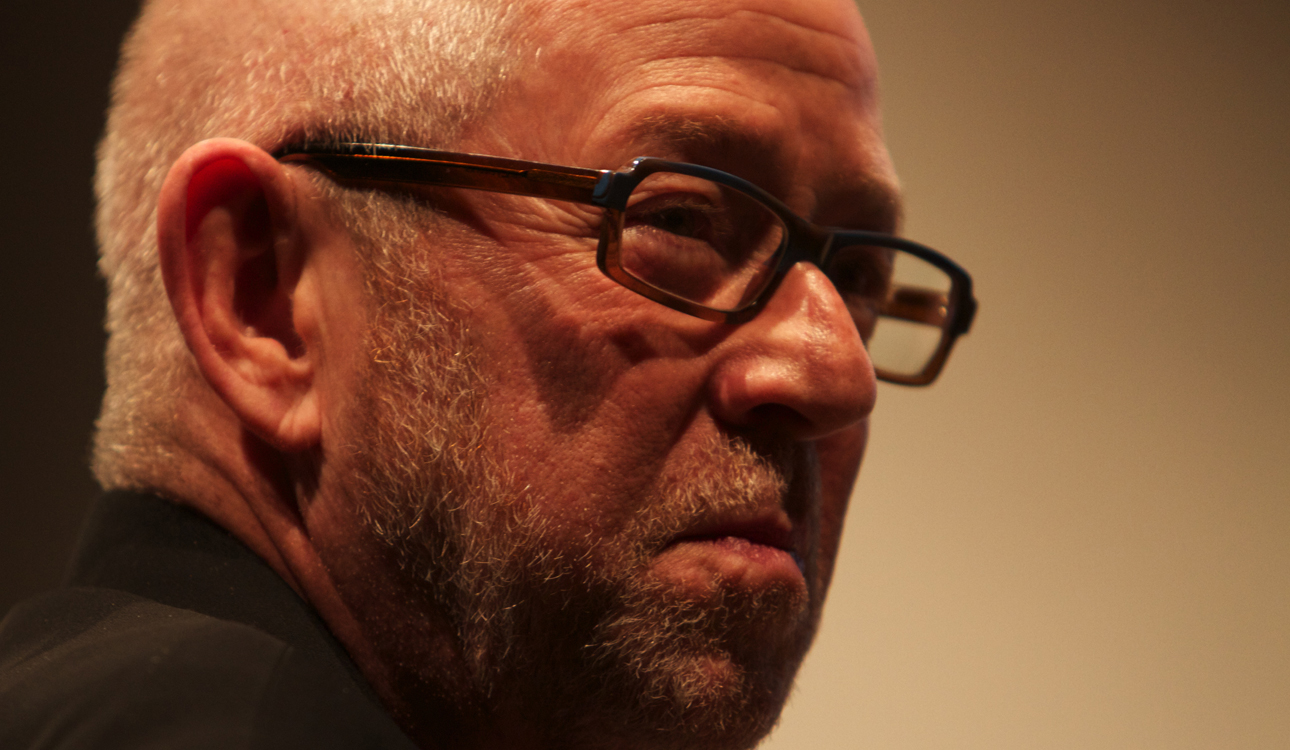

Courtesy Photo
By Candy Rendon
Reporter
Cinematographer Stephen Poster set up a simple studio rig of three stage lights and a small collection of crude three-dimensional objects on a black felt top to display how easily one could produce shadows and harsh lines. With a camera attached to an external monitor, Poster shined and reflected light beams all across the room while students and faculty watched.
“These are the same tools that I used in school,” Poster said as he showed his tools to the crowd. “Nothing has changed. Light is the same, but stories are different.”
Poster visited Baylor’s film and digital media department on Tuesday. He met with students and showed them firsthand how important lighting is within the movie-making process. He got in front of the small crowd of movie buffs and said, “Light is law.”
Poster has a wide assortment of credits under his belt, including Ridley Scott’s “Blade Runner,” Steven Spielberg’s “Close Encounters of the Third Kind,” M. Night Shyamalan’s “Unbreakable” and Richard Kelly’s “Donnie Darko.” He was the president of the American Society of Cinematographers and was elected president of the International Cinematographers Guild in 2010 according latimes.com.
Poster began the evening demonstrating some of his photography practices and techniques with movie lighting while explaining sight theories.
Poster said light is the most influential tool in all of cinema, and said the right effect can be achieved by abiding by the physical barriers or laws within the sometimes challenging field of optics. A filmmaker or storyteller can express clear and concise narratives without the need to rely solely on dialogue or actor movements, he said.
Poster gave the crowd five key lighting concepts to take away: highlights, shadows, core light, cast shadows, and light reflections. The elements were simple, but once he described his personal experience with manipulating each of the concepts within his background experience with films like “Blade Runner,” the audience became silent.
As the presentation ended, aspiring filmmakers and students began asking Poster questions regarding new camera technologies like HD DSLR (digital single-lens reflex camera) rigs and the future of cinematography.
“What sort of camera do I need to purchase?” a student asked during the presentation.
“How do I become a better cinematographer?” another student asked.
To this question, Poster scanned the room slowly and answered, “Practice by making movies.”
He settled into his seat and reinforced his “light is law” introduction. Poster said that despite all the new changes in camera technologies, and despite the growing movie budgets for set designs and visual effects, the true determining factor for making good or bad movies is light.
IC2 Senior Research Fellow Dr. Corey Carbonara, the director of the Digital Communication Technologies Project and Baylor film and digital media division professor, said having Poster come down and visit students was exciting.
“Not only does Poster teach the students how to heighten emotion with lighting, but he shows them how to work collaboratively with their directors to tell great stories,” Carbonara said.





